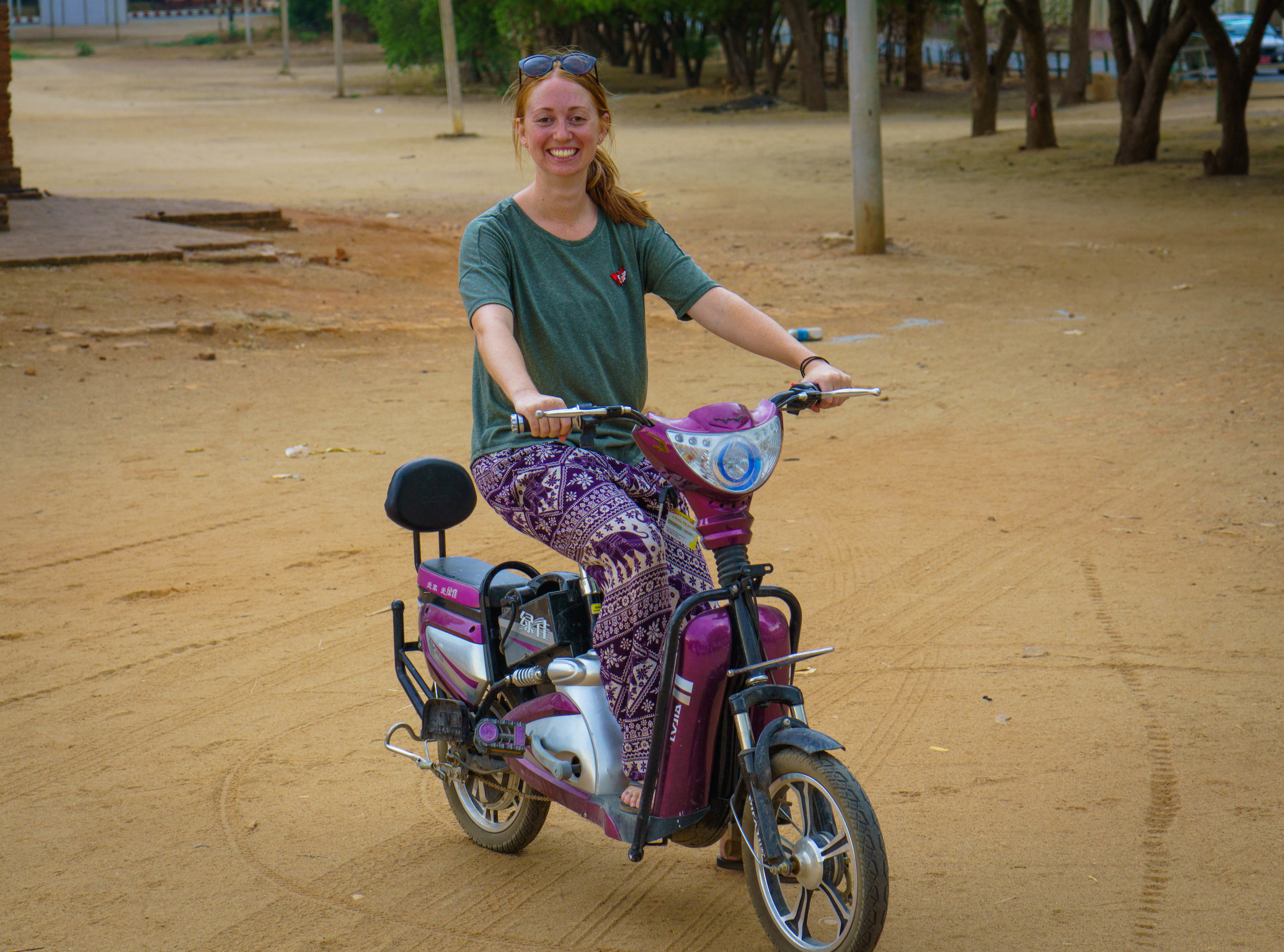Arriving in Myanmar we weren’t too sure what to expect, where to go, or what to do. What we found was a country full of some of the friendliest, most welcoming people we have ever met. Myanmar only opened for tourism in 2012, and a lot of changes have happened since then. The country is still finding its feet after 50 years of military rule, but the people there are working hard to make the place accessible and open for foreign visitors. With nearly 90% of the population practicing Buddhism there is no shortage of temples and Pagodas to visit.
Our trip started in the south in Yangon city where it was like we had stepped back in time. Formerly known as Rangoon, the city was built by the colonial British 150 years ago, and most of the buildings still remain, largely unchanged from colonial times. This city provided us with some great street photography with the endless street markets and stalls. You will not find a fast food outlet, a 7-eleven or a supermarket in Yangon. Each street sold a different product from fresh fruit and vegetables on one street to fabric and clothing to tools on the next. You could get lost just observing this very different way of life.
From the streets of Yangon we made our way to the train station where we took the circular city train the takes about 3 hours. The train runs from the city and loops around the country side and back again. We sat and watched and were watched in return as people got on and off along the way, so many smiles and laughs with the locals… we were quite a sight.
While in Yangon we visited the famous Pagodas that were covered in gold and a real place of worship for local and overseas visitors. Pete wore the traditional Myanmar attire called a Longyi as you cannot wear shorts in temples. The locals found it most humorous with Pete’s attempt at wearing the Longyi and were more than happy to give him a few lessons.
From Yangon we took a 20 hour overnight train to Bagan, this sounds horrendous but it turns out it was one of the highlights of our trip in Myanmar. We were smart and paid the extra $5US for a sleeper carriage which made the trip somewhat more comfortable. It was one of the hottest dustiest trips we had taken but being able to high five and chat to the locals at each train stop made it all worth it. The kids all knew what time the train ran and would head down to the station and give big waves and smiles as we went slowly past. We arrived in Bagan in 40 degree heat in what felt like the middle of the desert.
We spent two days in Bagan exploring some of the 2000 temples and shrines dotted around the country side. The mode of transport offered to tourists is E-Bikes (electronic scooters). The first one I had ran out of battery in the middle of nowhere, so we lift ‘Misty’ on the side of the road and headed back to town for an upgrade. The heat just about had the better off us in Bagan with over 40° each day and 80 % humidity it was early morning and sunset visits to the temples. After a few days in Bagan we were templed out.
From Bagan we were on the road to Mandalay, with a four hour long bus ride which was pretty uneventful considering the state of the roads! Once in Mandalay city we made our way to the hotel and shortly after lightning and thunder filled the sky. All of a sudden the heavens opened and there was golf ball sized hail raining down. People were running and ducking everywhere to hide from the weather. Our power went out shortly after we watched as the storm passed over. We ventured out in search of some dinner shortly after and most streets were flooded. We found ourselves in a traditional Indian restaurant where we were treated to an amazing dinner. There was a noticeable change in the culture of Myanmar as we moved further north from Yangon to Mandalay, with a greater level of Indian, Bangladesh and Chinese influence, rather than the ethnic Burmese in Yangon. We explored Mandalay for a few days, checking out the palace, the U Bein bridge and the Mandalay Hill.














































































